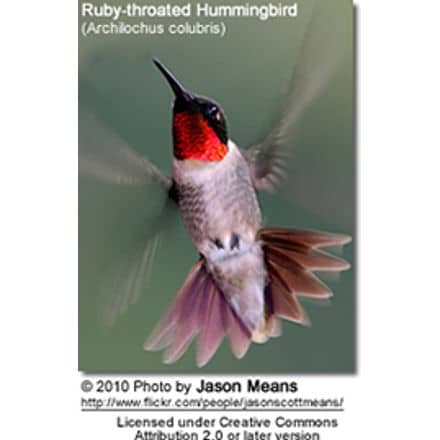Owl Vision: Eyes are well adapted for night vision
Positioning of the Eyes
Owl Vision: Their forward-facing eyes are nearly as large as human eyes and are immobile within their circular bone sockets.
For this reason, owls need flexible necks, as they have to turn the entire head to change views. They have the same number of vertebrae in their necks as most mammals and can move their heads 270 degrees in either direction (nearly all the way around!).
Most other bird species have their eyes on the sides of their heads enabling them to see sideways and, to some extent, backwards. Owls, on the other hand, have both eyes in the front which enhances their depth perception.
Far Vision Advantage:
Owls are unable to clearly see anything within a few inches of their eyes. On the other hand, their far vision – particularly in low light conditions – is incredibly good.
Day or Night Hunters:
The color of the eyes tells us a lot about their habits:
Those with dark brown or black eyes are nocturnal hunters; those with yellow eyes mostly hunt during the day, and those with orange eyes hunt at night and during the day.
One Additional Eyelid
To protect their eyes, Owls have 3 eyelids: one upper and one lower eyelid, and a nictitating membrane.
The upper lid closes when the owl blinks, and the lower closes when the Owl sleeps.
The third eyelid, the nictitating membrane, is a thin layer of tissue that closes diagonally across the eye, from the inside to the outside.
The purpose of these membranes is to clean, moisten and protect the surface of the eyes.




